Op Ed: A Muslim Perspective On A Trip To Spain; Part 4
by Harris Imam
The following is part of a series- read the first part here, part two here, and part three here.
The morning after our trip around Madrid, we took an early morning tour bus to Toledo and Segovia. The bus first took us a little south to Toledo, the former capital of Spain. The city is very well preserved, and it felt as if I was transported into another historical era walking through the alleys of the remarkable city. The city’s historic quarter, a UNESCO World Heritage Site, still preserves its original medieval layout. The city is referred to as the “city of three cultures” by many travel sites, as Christians, Muslims and Jews coexisted once within the city walls during the Middle Ages.
Our bus tour guide told everyone on the tour about the history of the region including that in the year 711, the new religion of Islam conquered the Iberian Peninsula. For several centuries, North African Muslims dominated Spain, including Toledo.

Upon researching more about the Spanish history of that era you will learn that the Muslims were very tolerant rulers allowing Christians and Jews to practice their religions freely. While the period they ruled in is referred to by many as Europe’s “Dark” Ages, in the Iberian Peninsula it was the Islamic age of enlightenment. Under Muslim rule Mathematics, astronomy, literature and architecture all thrived. After Toledo went back under Christian rule in 1085, the Muslim and Jew population faced forced conversions if they chose not to flee.
I would advise every person, especially Muslims to learn about Spanish history during that time. I was in awe to say the least with how much history the city of Toledo alone held. You can definitely see the Islamic architectural style in many of the buildings of the city.
We stopped at the “Mezquita (Mosque)” del Cristo de la Luz, the former the Mosque of Bab al-Mardum – located adjacent to one of Toledo’s oldest city gates—City gates of Bab al-Mardum (Puerta Mayordomo). It was later converted to a Christian chapel.

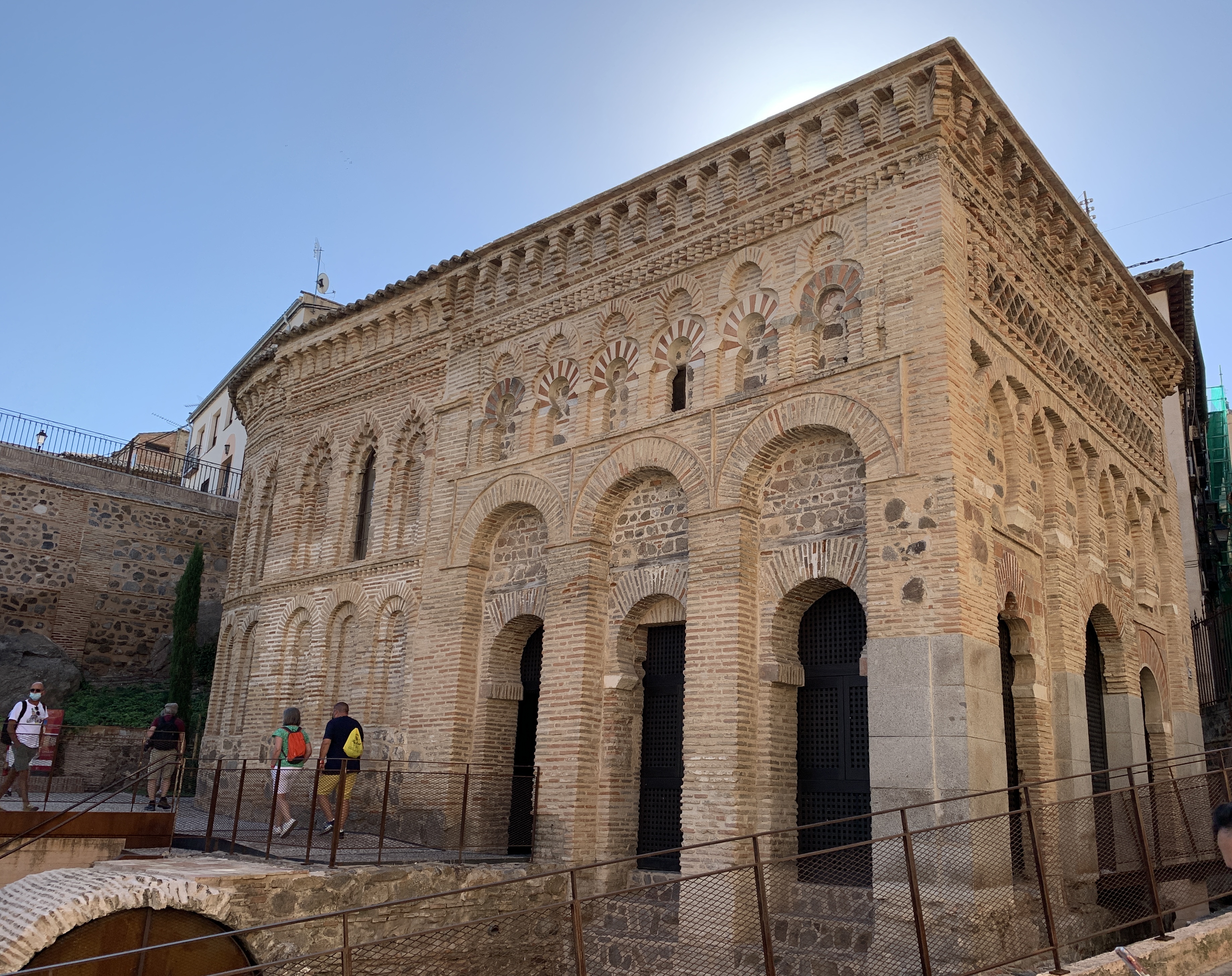
Our bus took us next to the city of Segovia, a historical city about 90 kilometers north of Madrid. The journey took us back through the fringes of Madrid and past La Mujer Muerta. Literally meaning “the Dead Woman,” La Mujer Muerta is a mountain subrange just north of Madrid. After another 20 kilometers, we finally arrived at the historic city of Segovia.
The first and foremost, obvious architectural element of the city is the magnificent granite aqueduct built in the first century during Roman rule. This aqueduct spanned the height of multiple stories with numerous stone arches. To my surprise, this structure was not only aesthetic but also functional. It served to move water from the nearby river, Rio Frio, to the city of Segovia. We were told by our tour guide that the aqueduct maintains its structures solely with its arch shape, an engineering marvel for the time it was built.
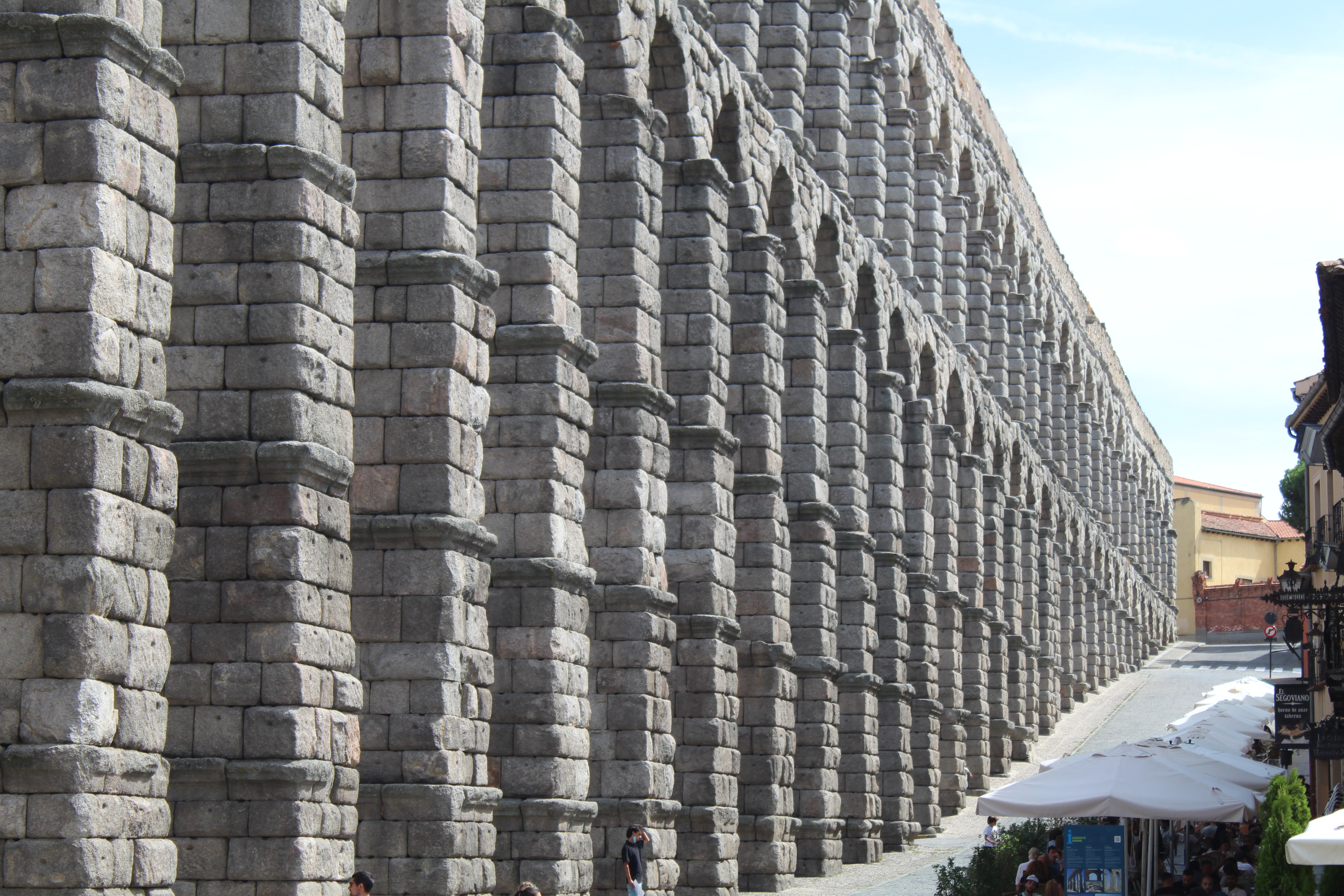
Like Toledo, Segovia also consisted of narrow cobblestone streets, some of which would lead to larger rectangular plazas. The history in the city was omnipresent, but our time here was not. Like sponges, we soaked in as much of the city as we could including exploring the Alcâzar of Segovia, a medieval fortress that stood on the opposite side of the city from the aqueduct. Posing next to a medieval soldier’s battle armor, I truly felt like a kid in a candy store. From the openings in the walls of the castle, appeared a picturesque view of the vast rolling yellow hills. I stared out the window profoundly thinking about how many others in history shared the same view. Before I knew it, our time at Segovia had come to an end, and the tour bus waited to take us back to Madrid.






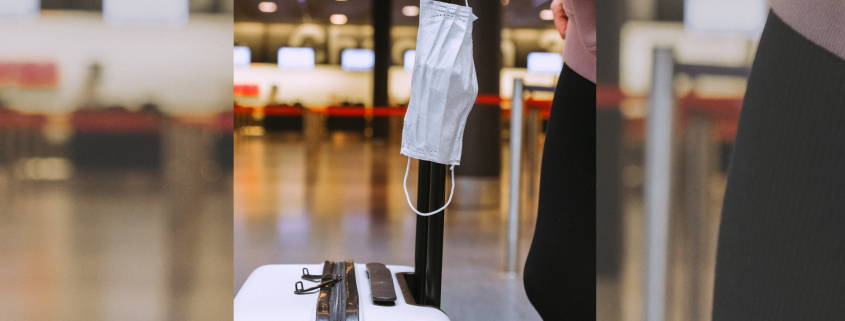
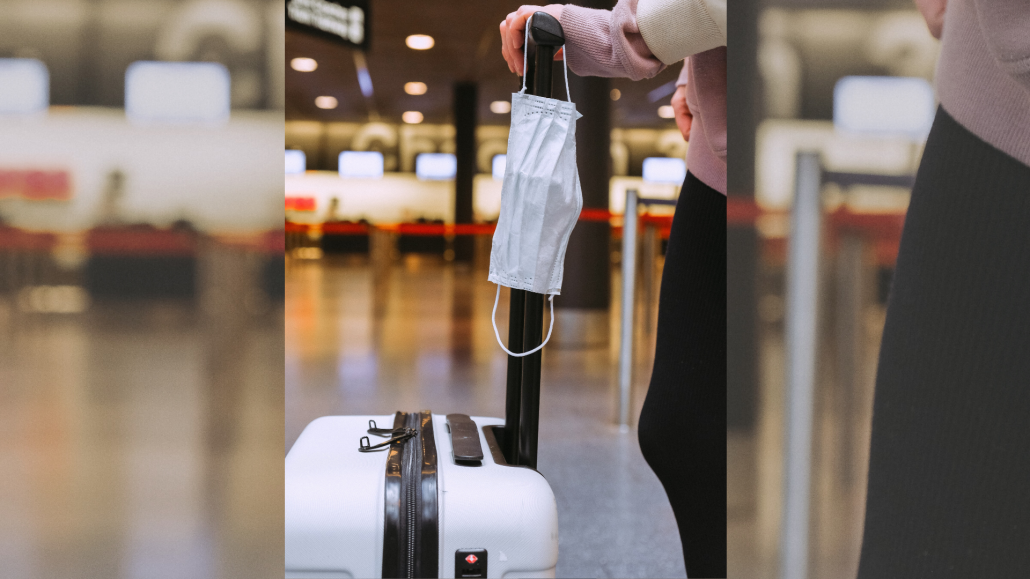

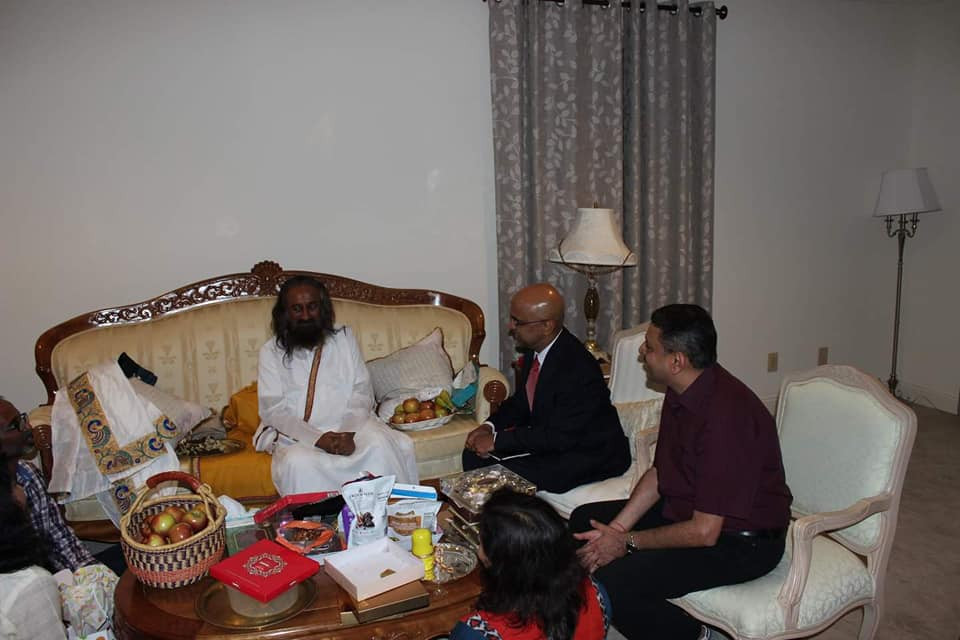
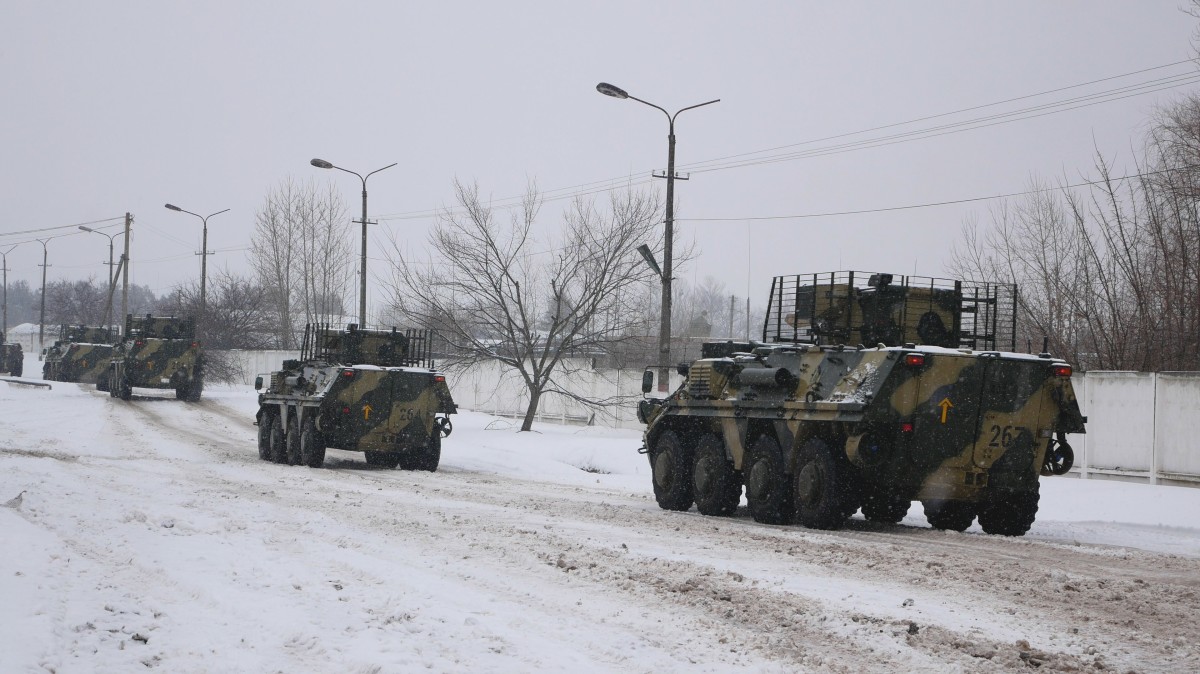


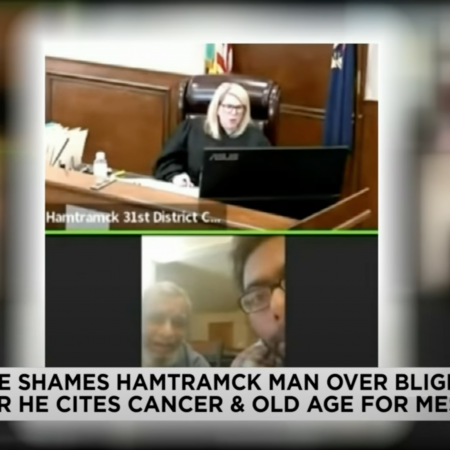







2022
3,101 views
views
0
comments